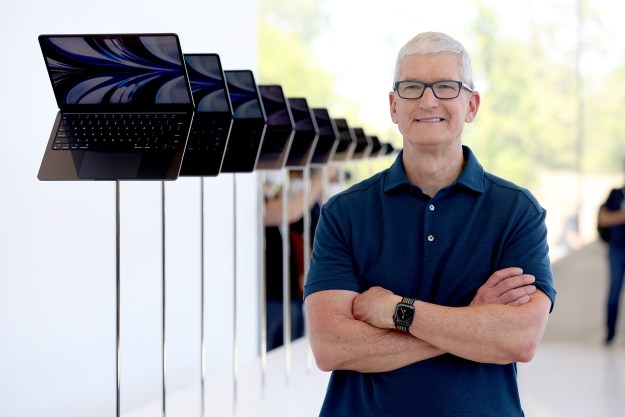With two USB ports, HDMI out, micro USB charging, a headphone jack, and an ethernet port, the company says its DoBox “turns your iPad or iPhone into a MacBook Pro,” according to its Kickstarter page. While that sounds like marketing rhetoric, there’s something to be said about the DoBox’s sheer breadth of functionality, assuming it does make its way to market.
As a concept, DoBox lives up to its name, if only because it’s harder to think of what it doesn’t do than what it does. In the video above, a number of different functions of the DoBox are listed including:
- Wi-Fi router
- Charger
- Wireless external storage access
- Mouse/trackpad support
- Audio and video streaming
- Airplay to TV video HDMI
- Wireless charging for Apple Watch
It’s an interesting prospect, but most concerning is that Kickstarter projects often don’t deliver, and this email we received from the This is DoBox CEO Mate Molnar wasn’t quite convincing that DoBox would be any different.
“I know that everyone hates Kickstarter, mainly because projects like Coolest Cooler [sic],” he said. “But sharing our project with your audience would be a big help for us!”
Reminding us of Kickstarter’s drawbacks rather than its successes doesn’t exactly invoke confidence, but nevertheless a project as ambitious as this could be at least worth looking into.
One of the biggest problems we could see arising with DoBox, however, is its reliance on third-party developer support for many of its advertised functions. The feature that allegedly “turns your iPad or iPhone into a MacBook Pro,” is still in development, Molnar told us. If it’s not completed in time for the DoBox launch, or worse yet, if it doesn’t come out at all, the only way we’ll see remote MacOS access is if some developer decides to make use of the open-source DoBox SDK.
Likewise, a DoBox connected to an Oculus Rift headset is shown on the Kickstarter page. Since it seemed like a bit of a stretch, we decided to reach out to find out more.
“That is a teaser image for the developers, what they can do with the DoBox’s open source SDK,” he told Digital Trends. “For example: You can play videos from the DoBox, so the Oculus can be used as “monitor” [sic] for 3D videos.”
Despite being unclear about how the company plans on garnering third-party developer support for its all-in-one Apple peripheral, This is DoBox has quite the enticing product on its hands. The DoBox is scheduled to launch in March 2017 for $150 if you back it on Kickstarter. We’re uncertain just how much it will cost once it releases, but you still have eight days to pledge support now for the early bird discount.
Editors' Recommendations
- The biggest threat to the MacBook this year might come from Apple itself
- Could the Vision Pro replace your iPad? There’s just one problem
- 6 upcoming products that will make 2024 a huge year for Apple
- Update your Apple devices now to fix these dangerous exploits
- Everything Apple didn’t announce at its iPhone 15 event


